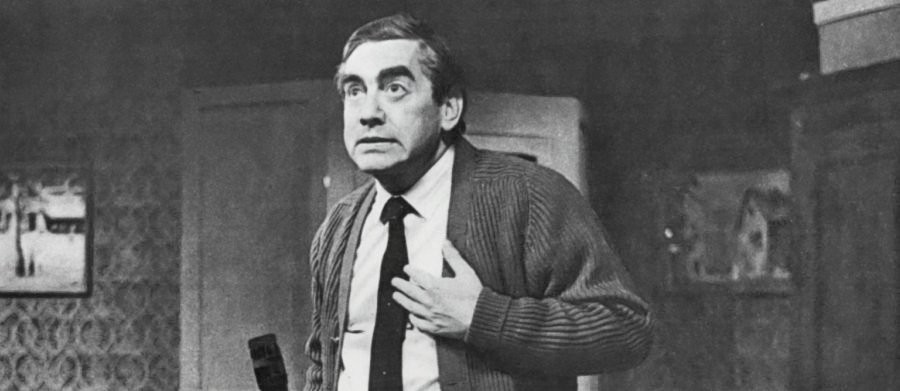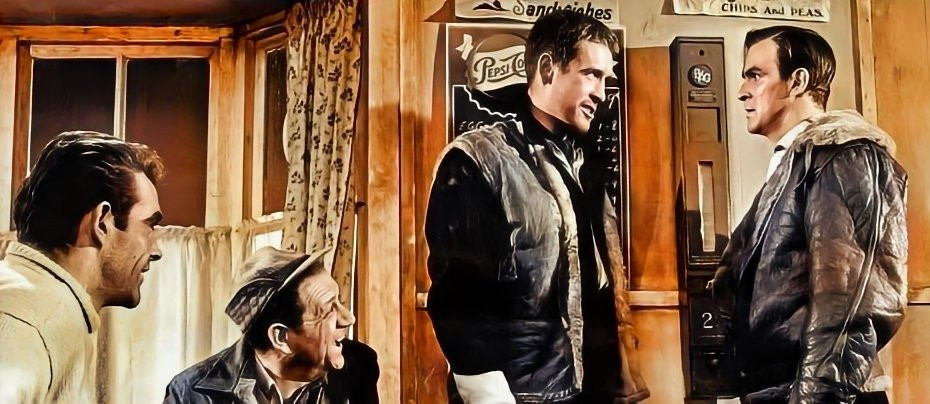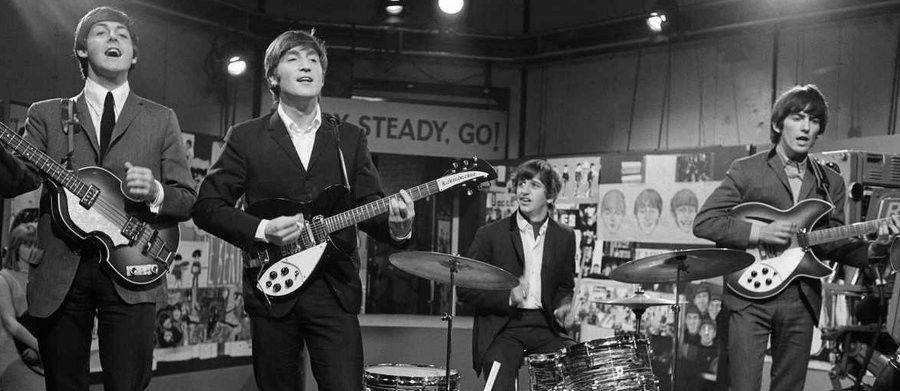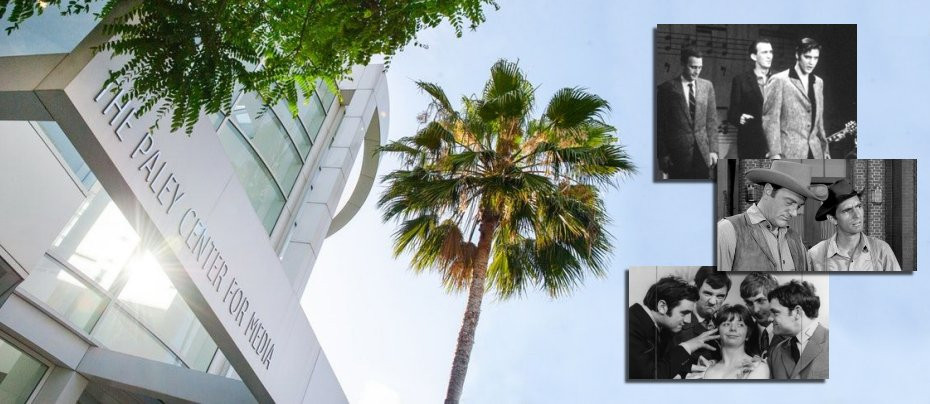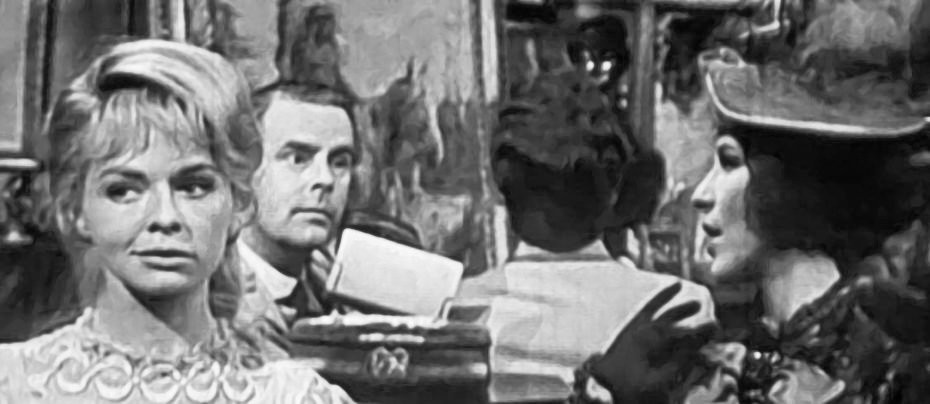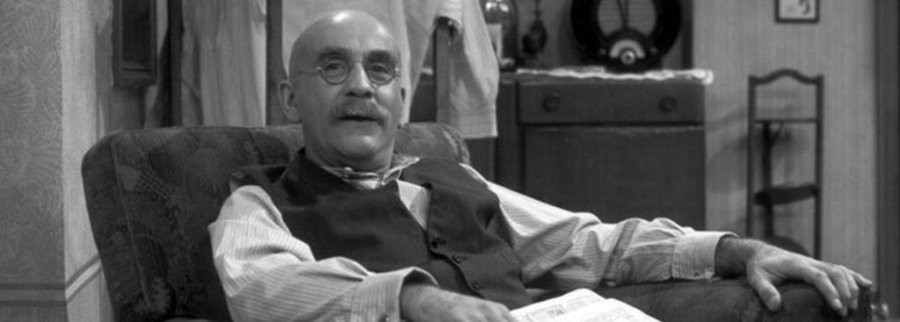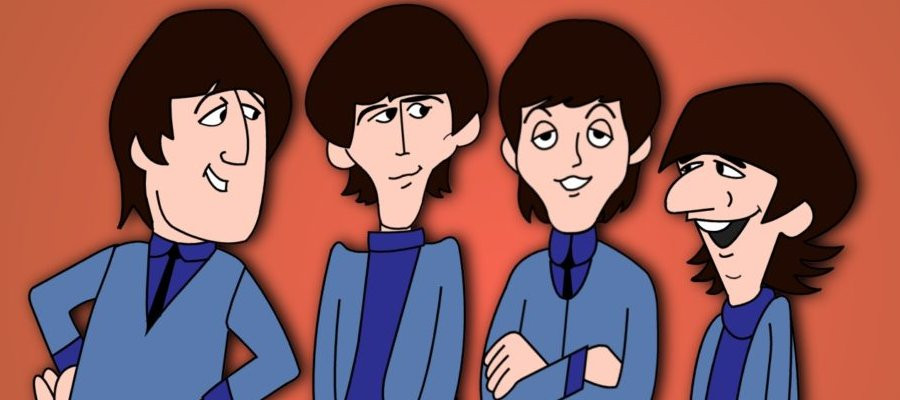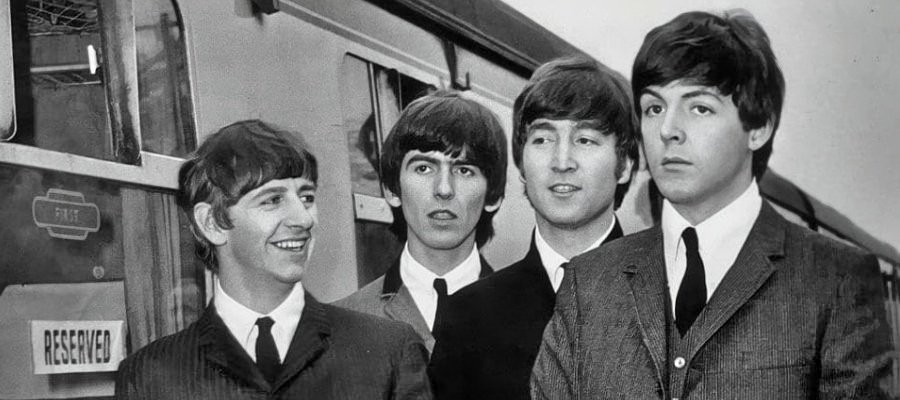
A Hard Day's Night
In 1964, A Hard Day’s Night arrived not merely as a film but as a cultural event. By then, The Beatles were already more than a pop group – they were the voice of a generation coming of age. Born out of post-war austerity, the baby boomer generation was beginning to assert itself with newfound confidence. The Beatles, with their wit, charm and musical invention, were perfect avatars for this youthquake.
The group’s roots were humble enough – working-class lads from Liverpool, steeped in the rock ‘n’ roll and R&B imports from America and the rich tradition of British skiffle. Playing in grimy clubs in Hamburg and Liverpool honed their craft and toughened their resolve. But it was not merely the music – it was their look, their irreverence, and their infectious humour that won over the youth of the day. They seemed to express what millions were feeling but couldn’t quite articulate: a desire to break free, to laugh, to scream, and most importantly, to be heard.
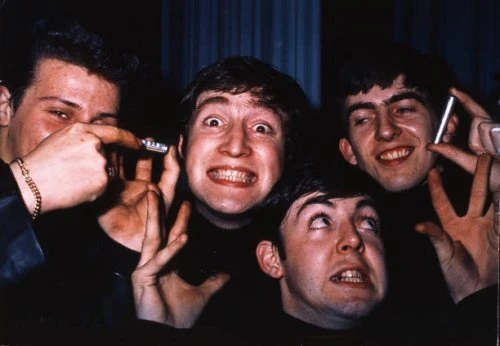
By the early 1960s, the idea of pop stars on the silver screen was hardly novel. The blueprint had been drawn by Elvis Presley in the late 1950s with films like Love Me Tender and Jailhouse Rock. But while Elvis was magnetic, the films themselves were often formulaic – hastily assembled, riddled with weak plots, and widely viewed by critics as nothing more than commercial cash-ins.
The thinking in those days was simple: get the pop idols on camera quickly, before their popularity waned. These films rarely took artistic risks, and their primary function was to make money and sell records. The Beatles, at the peak of their powers, could easily have fallen into this trap. Fortunately, A Hard Day’s Night proved to be a far more ambitious and intelligent project.
Central to the film’s success was the choice of screenwriter Alun Owen. Born in Wales but raised in Liverpool, Owen had already demonstrated a sharp ear for regional dialect and social realism in his television play No Trams to Lime Street – a production The Beatles themselves had seen and admired.
Owen’s script for A Hard Day’s Night captured the Beatles’ own speech patterns and humour with uncanny precision. His dialogue felt natural and unscripted – not just because of the Beatles’ delivery, but because Owen understood their world. He didn’t try to make them actors. Instead, he made the world around them bend to their energy, letting their personalities shine through.
The film’s intentions were clear from the very first moments. The opening credits – set to the raucous title track – burst onto the screen with kinetic energy. The Beatles, running from a mob of screaming fans, instantly set the tone: cheeky, anarchic, and full of verve.
Director Richard Lester, an American based in Britain, brought with him a background in television comedy and a fondness for the absurd. With his quick-cut editing and improvisational feel, Lester ensured the film never took itself too seriously. From the outset, it felt like a fresh, fast-paced antidote to the staid musical films of the past.
The opening chase scene is iconic: the Fab Four sprinting through a London street, George tripping over (an unscripted accident), and John in fits of laughter at his misfortune as they continue their mad dash. It was a moment that felt spontaneous and utterly real, an unsanitised glimpse into the chaos of Beatlemania.
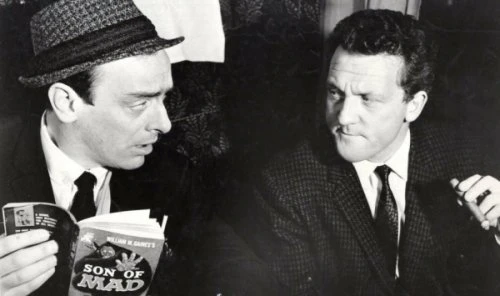
Soon the boys are at a London train station, ducking fans and boarding a train where much of the early action unfolds. Here we’re introduced to supporting characters played by Norman Rossington and John Junkin, tasked with keeping the band on schedule. But the real scene-stealer is Wilfrid Brambell as Paul’s grandfather – a man described, with endless repetition, as “very clean” in winking contrast to his famously “dirty old man” persona in Steptoe and Son.
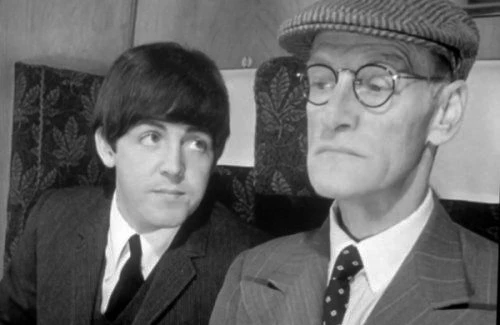
The train scenes brim with humour and subtle rebellion – none more so than Lennon sniffing a Coke bottle in a moment that, somehow, slipped past the censors. Lester’s use of black-and-white film, cinéma vérité techniques, and influences from French New Wave and British kitchen sink drama, gave the film an authentic texture rarely seen in pop music cinema.
A Hard Day’s Night is far more than a musical caper. It’s a sly, knowing satire on Beatlemania and the state of British youth culture. The Beatles are hounded by fans, pestered by clueless journalists asking absurd questions (“What do you call that haircut?”), and bossed about by officious authority figures who view them as a nuisance.
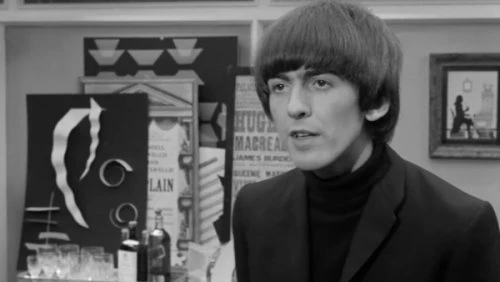
The scenes in the television studio, where the band must rehearse for a televised performance, encapsulate this tension. Comedy arises from George being mistaken for a model in an ad agency, John sharing a surreal conversation with a woman (Anna Quayle) who sort-of-recognises him, and Paul’s grandfather constantly stirring up trouble – including a wild goose chase involving the police in true Keystone Kops style.
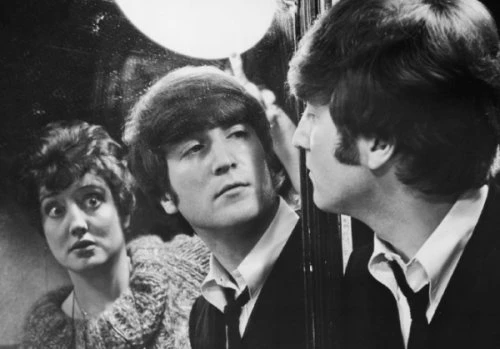
Critics often highlight Ringo Starr’s solo turn – a moody walk through town, a meeting with some young lads (future pop star Phil Collins being among them) echoing French arthouse cinema. But in truth, it is Lennon who delivers the most refined performance. His natural charisma, biting wit and unexpected moments of stillness suggest a performer with genuine acting potential.
The film’s music is inseparable from its success. Every song serves the story while standing strong on its own. From the exuberant rock ‘n’ roll of “Can’t Buy Me Love” to the melodic melancholy of “And I Love Her”, the film is a musical triumph.
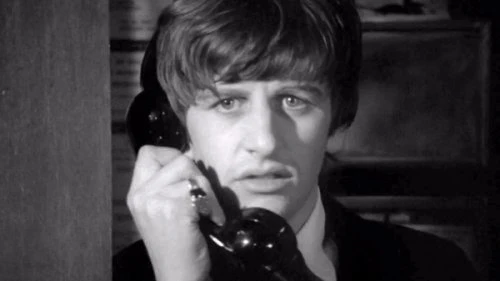
The title track, “A Hard Day’s Night”, famously came from a Ringo-ism – the drummer having remarked, after a particularly gruelling recording session, “It’s been a hard day... night.” The phrase captured the surreal rhythm of their lives and perfectly encapsulated the film’s tone, driven by George Harrison’s jangling Rickenbacker 12-string and that famously striking opening chord, the title song, written primarily by Lennon, captures the frenzied pace of The Beatles' lives. Each song is performed with exuberance and conviction, making them feel alive within the narrative rather than shoehorned in.
A Hard Day’s Night is, quite simply, one of the most influential musical films ever made. It redefined what a pop film could be – intelligent, funny, stylish, and artistically bold. Its DNA can be found in everything from The Monkees television show to modern music videos and later British pop films like Ferry Cross the Mersey, which attempted – with mixed success – to capture a similar magic.
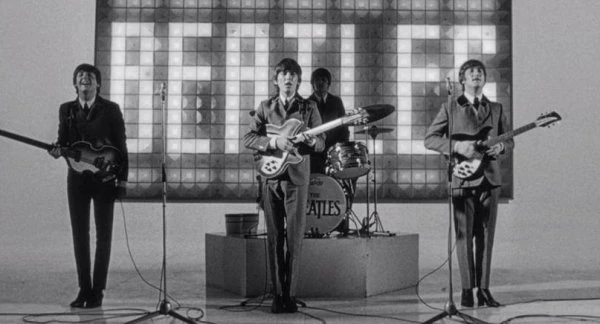
More than any newspaper clipping or concert broadcast, A Hard Day’s Night serves as a time capsule of Beatlemania at its most intense. It captures not just the scale of the hysteria, but the human story within it—the boredom, the humour, the rebellion, and the sheer giddy fun. It immortalised The Beatles not just as musicians, but as personalities, as symbols for a generation that had found its soundtrack.
More than sixty years on, the film remains a joy to watch. Its humour is timeless, its energy undiminished, and its insight into the pressures of fame still resonant. Unlike the disposable pop films of the 1950s and early 60s, A Hard Day’s Night feels like a genuine cinematic achievement. It is not just a film about a band at the height of its powers – it is a film that helped define the cultural moment they inhabited.
Review by Laurence Marcus
Published on June 29th, 2025. Written by Laurence Marcus for Television Heaven.


